Jorge Guerra
Beyond Random Split for Assessing Statistical Model Performance
Sep 04, 2022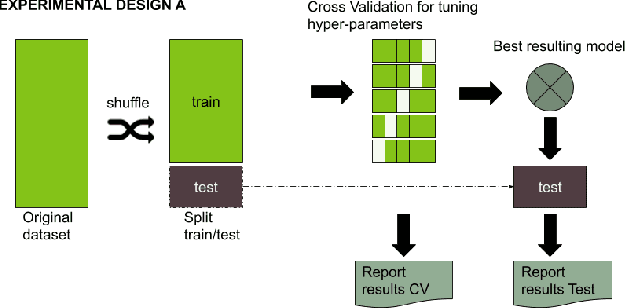
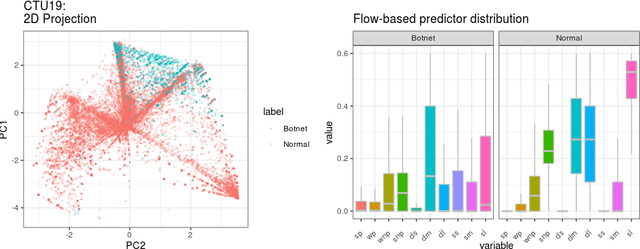
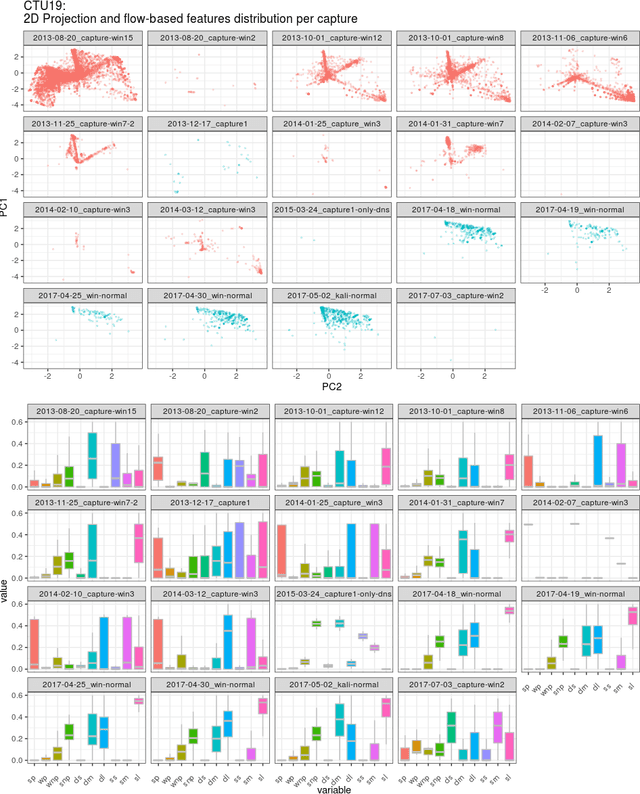
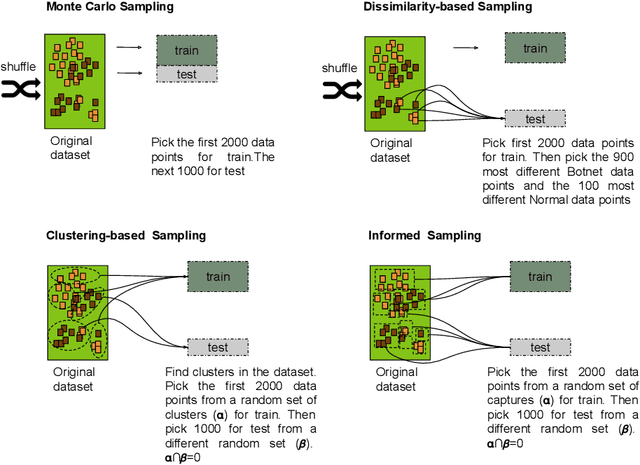
Abstract:Even though a train/test split of the dataset randomly performed is a common practice, could not always be the best approach for estimating performance generalization under some scenarios. The fact is that the usual machine learning methodology can sometimes overestimate the generalization error when a dataset is not representative or when rare and elusive examples are a fundamental aspect of the detection problem. In the present work, we analyze strategies based on the predictors' variability to split in training and testing sets. Such strategies aim at guaranteeing the inclusion of rare or unusual examples with a minimal loss of the population's representativeness and provide a more accurate estimation about the generalization error when the dataset is not representative. Two baseline classifiers based on decision trees were used for testing the four splitting strategies considered. Both classifiers were applied on CTU19 a low-representative dataset for a network security detection problem. Preliminary results showed the importance of applying the three alternative strategies to the Monte Carlo splitting strategy in order to get a more accurate error estimation on different but feasible scenarios.
DNS Tunneling: A Deep Learning based Lexicographical Detection Approach
Jun 14, 2020
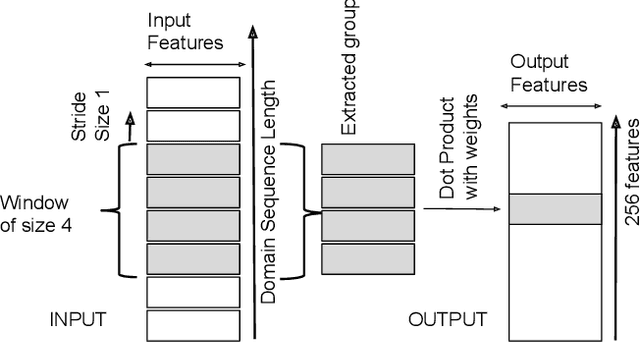


Abstract:Domain Name Service is a trusted protocol made for name resolution, but during past years some approaches have been developed to use it for data transfer. DNS Tunneling is a method where data is encoded inside DNS queries, allowing information exchange through the DNS. This characteristic is attractive to hackers who exploit DNS Tunneling method to establish bidirectional communication with machines infected with malware with the objective of exfiltrating data or sending instructions in an obfuscated way. To detect these threats fast and accurately, the present work proposes a detection approach based on a Convolutional Neural Network (CNN) with a minimal architecture complexity. Due to the lack of quality datasets for evaluating DNS Tunneling connections, we also present a detailed construction and description of a novel dataset that contains DNS Tunneling domains generated with five well-known DNS tools. Despite its simple architecture, the resulting CNN model correctly detected more than 92% of total Tunneling domains with a false positive rate close to 0.8%.
 Add to Chrome
Add to Chrome Add to Firefox
Add to Firefox Add to Edge
Add to Edge